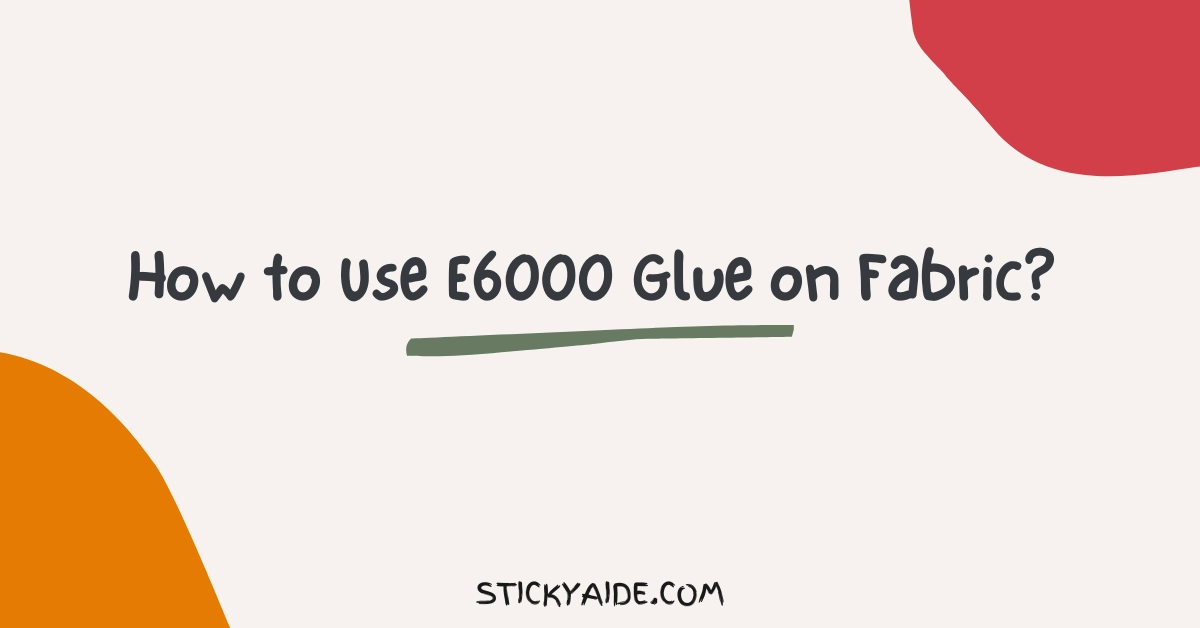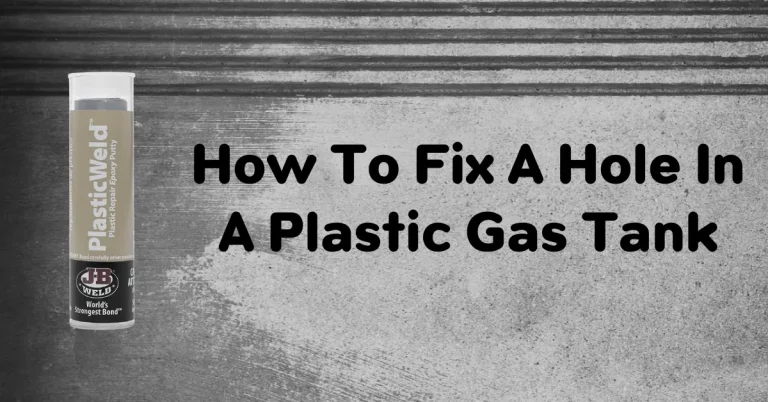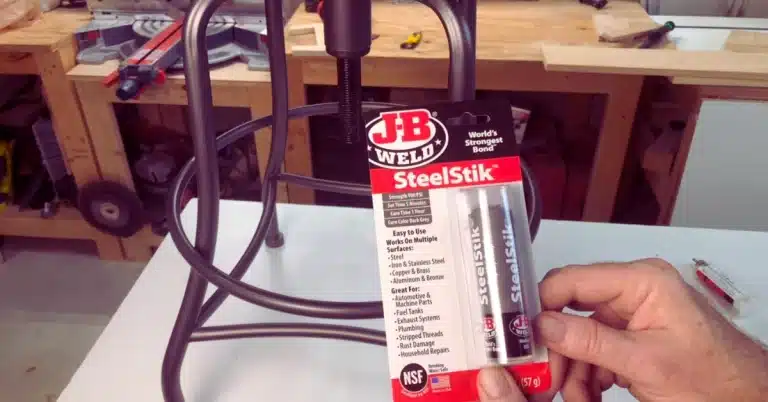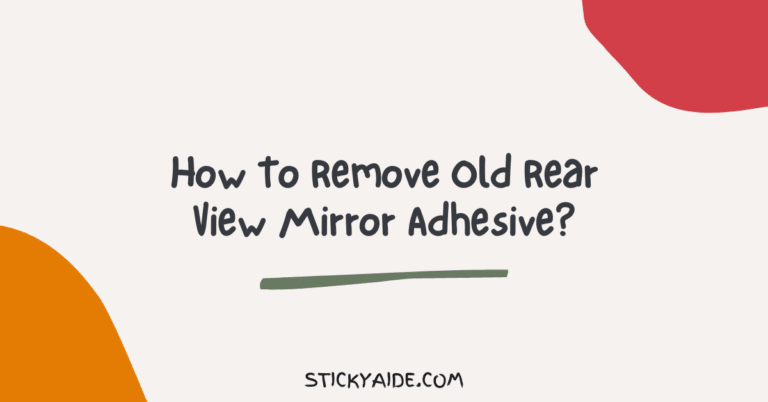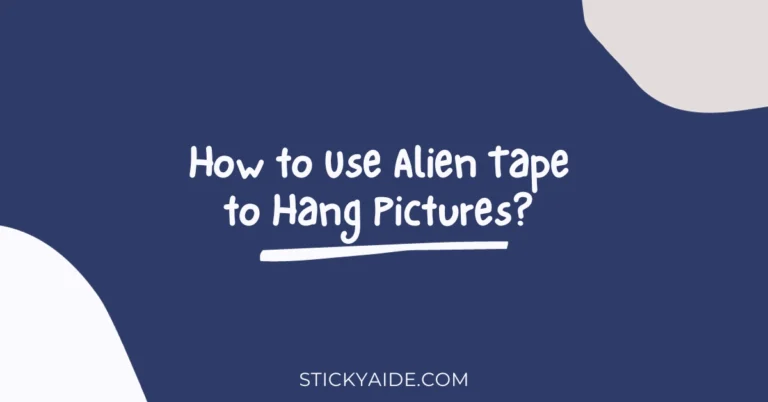When using E6000, make sure you are aware of the texture and method of using it. The glue is suitable for fabric as well. So, if you want to know how to use E6000 glue on fabric, get through the method here.
E6000 glue is good for having much strength for creative purposes. It is suitable for jewellery, fabrics, small repairs, and much more. If you want glue that is easy to work with, fast-drying and has superior adhesion, go for E6000.
Check out more information about using E6000 glue on fabric here.
Read More: E6000 Vs. Gorilla Glue
Read More: How To Make E6000 Glue Dry Faster?
Does E6000 Glue Work on Fabric?
E6000 glue is a good product for fabric. It is a versatile glue for various materials, from glass to fabric. If you want it to be used on fabric, it is a good one. For DIY projects, an alternative to sewing, crafting and other jobs, E6000 is a good option for sure.
E6000 glue has different varieties. One of them is E6000 Fabri-fuse glue, that works perfectly on fabric. You only need to know the method for the appropriate outcome.
See more about E6000, E6000 plus and their comparison so that you can choose the better one.
How to Use E6000 Glue on Fabric?
To use E6000 glue correctly on fabric, you need to know some tips. Here, you will be notified with some interesting tips and tricks to use E6000 glue on fabric to make beautiful crafts. Check out the steps to know further.
Step 1: Surface Preparation
First, you need to prepare the surface when you are going to do the process. Clean the surface and dry it first. Also, clean the fabric if there is any dust or dirt. After that, arrange all the materials needed for this project, such as glue, cloth, sandpaper for roughening the surface, tweezers, and needles.
Step 2: Glue Preparation
Once you’re done with surface preparation, you must start glue preparations. To do that, first, you need to remove the tube cap and pierce the foil seal. Take a needle to pinch the foil for an easy application. In this way, you will have less mess while applying the glue.
Read More: How to Use E6000 Glue on Plastic?
Step 3: Application
Now, it’s time to apply the glue to the fabric. You can apply directly on the material or take a generous amount on a place and apply precisely using a brush. Applying directly from the tube is the quickest method you can follow.
Squeeze the tube and apply only the areas that are needed. Use tweezers to use on smaller areas to have accuracy.
Step 4: Drying
After applying the glue, leave it for 24 to 72 hours to dry properly. It’s quite a long time, so you have to be patient when you are in this job. The drying time may vary according to the thickness of the glue and weather conditions.
Step 5: Cleanup
A messy nozzle tip is not what anyone wants. If you don’t clean your nozzle and cap after using it, using it next time will be tough for you. The cap will stick to the tube so hard that you can use it no longer. So, clean your tube right after finishing the project.
Read More: E6000 Vs. Super Glue
How long does E6000 take to dry on fabric?
E6000 glue takes 2 minutes to get tacky and 24 to 72 hours to cure completely. The timing may vary depending on the weather conditions, humidity, and consistency of the glue.
What is E6000 best used for?
E6000 glue is best for various materials like metal, plastics, vinyl, wood, leather, rubber, and more. It is water, acids, chemicals, and dilute resistant to give you superior performance.
Can I use regular E6000 on fabric?
Yes, you can use regular E6000 glue on the fabric. The process is easy. You need to pour some glue on the surface and do your creativity. It is washer and dryer safe. So, that makes it more fabric-friendly.
Read More: How To Open E6000 Glue?
Last Opinion
Now that you know E6000 and the method of using it on fabric, I hope it becomes easier for you. Get through all the hacks from “How to use E6000 glue on fabric” and get better results if you follow them well.
So, be patient with the process and clean up the tube and surface to avoid further problems next time you use it. Be creative with E6000 glue.

